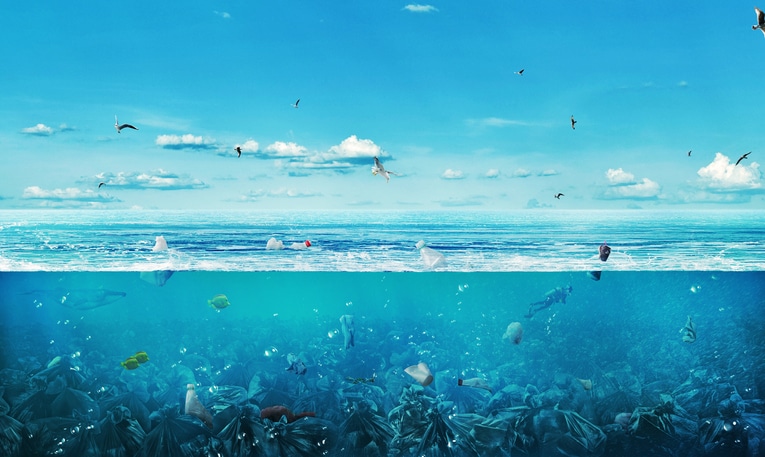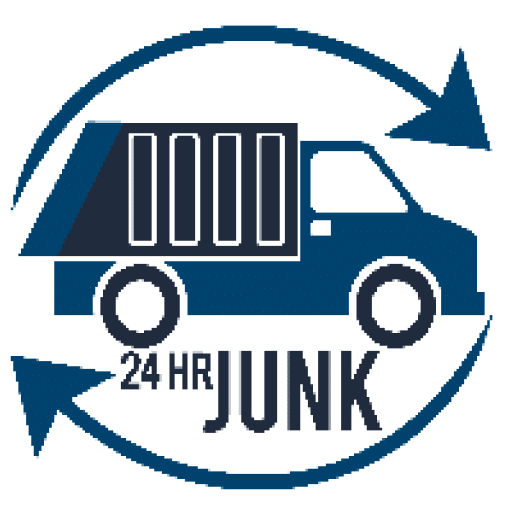How Does Garbage End Up In The Ocean?

The Pacific garbage patch is a good example of the several swirling garbage zones in the oceans where all kinds of trash—including plastics, glass bottles, cigarette butts, and mattresses—end up. Although these trash patches don’t necessarily manifest as visible piles of floating garbage in the water, the mere fact that so much trash ended up in the water is just as tragic and harmful to aquatic life.
Reports suggest that the most common type of trash in the gyres (circular currents in the oceans resulting from wind patterns and the rotation of the earth) are microplastics—tiny pieces of broken down plastic.
Both micro-plastics and whole plastic products have adverse effects on marine life. For instance, experts claim that loggerhead sea turtles can’t differentiate between plastic bags and their favourite food, jellyfish. Moreover, micro-plastics and other kinds of trash can prevent sunlight from reaching algae and plankton that form a vital part of the ocean food web.
But How Exactly Does Trash End Up in the Ocean?
It’s not like garbage collectors transfer the trash into a ship and set sail to dump it in the ocean. Yet, reports suggest that 80% of microplastics in the gyres come from land-based activities, while the rest come from items that are lost or thrown overboard from ships. Garbage in the ocean comes from trash from trash cans, the streets, and landfills that gets blown into sewers, rivers, or directly into the ocean.
1) People litter, or wind blows trash out of dumpsters and garbage bins.
2) The trash makes its way into storm drains.
3) Trash travels through sewer pipes, into waterways, and finally into the ocean.
4) Solar radiation causes plastic products to break down into micro-plastics (remember plastic is not biodegradable like paper or wood).
Can You Reduce Ocean Trash?
It is rather frustrating to realize that throwing your trash into garbage bins does not guarantee that it won’t eventually end up in the ocean. But it is your responsibility to properly dispose of any waste, so choose to work with a responsible junk removal company in order to reduce incidents of trash being blown into rivers and water bodies during collection, transit, or at the waste management facility itself.
You can also take actions such as reducing your usage of cosmetics that contain micro-beads, reusing and recycling plastics and other products, and not throwing trash onto the street—including cigarette buds.

